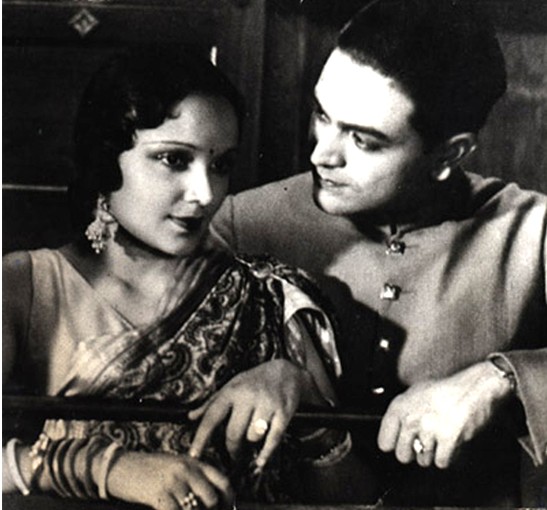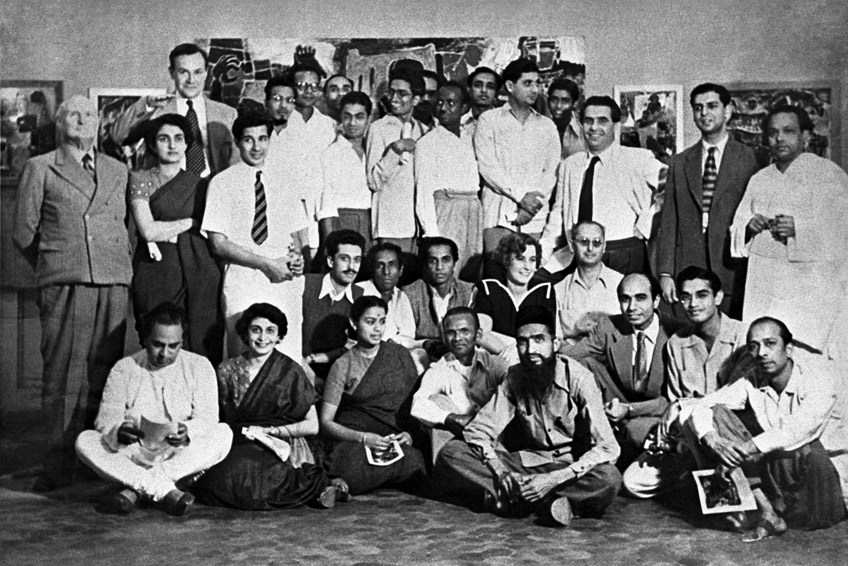On December 1, Germany officially takes over the presidency of G20 from China, for the year 2017. The responsibility comes at a time of considerable political, economic and social flux, what with over a million Syrian refugees to be integrated; Brexit; and a national election in October.
Yet, Germany’s relationship with India has been ever stable. The end of the Cold War in 1991 and the re-unification of a divided Germany on 3 October 1990 helped re-establish once more the warm, 150-year-old relationship that the two countries have shared. This is partly reflected in the current bilateral trade and investment statistics: Germany is the seventh biggest foreign direct investor ($8.64 billion from January 2000 to March 2016) in the India growth story, with 1600 Indo-German collaborations and over 600 joint ventures.
Indian companies have, in turn, invested $7 billion since 2000, with 200 of them having a presence either through manufacturing facilities, subsidiaries and/ or outright acquisitions of local firms. [1]
This frenetic pace of activity in the last 16 years encompasses the political, cultural, and educational spheres too. Today, Indian students in German universities, particularly in science, technology, engineering and maths, number over 12,000.
This takes us back to the two countries’ shared history from the mid 19th to the first half of the 20th century when business and cultural connections were established between Germany and the British Indian cities of Calcutta and Bombay. An important milestone that marks this was the establishment of an honorary Prussian consulate [2] first in Calcutta (1851) and then in Bombay (1856). The need for consular services indicated a sizeable German expatriate community, mostly merchants and missionaries, in these colonial port cities.
It was during the inter-war years and the Second World War period that innumerable German and German-speaking refugees made Bombay their home, resulting in an artistic, intellectual, and cultural renaissance.

Berlin and Bombay: the two B’s
In the aftermath of the First World War, when a defeated Germany was rebuilding itself under the Weimar Republic (1919-1933), its capital city of Berlin became the scientific and cultural hub of Continental Europe. There was an edgy creativity palpable in Berlin because of the charged political atmosphere then prevalent. It was both the nerve centre for communism in Europe, and its opposite number–a resurgent German right-wing, militaristic nationalism—which often led to violent clashes on its streets.
It was during this time–the 1920s and 30s—that numerous Indian scientists and artists visited and worked in Berlin. A well-known name from Bombay was physicist and founder of the Tata Institute of Fundamental Research, Dr. Homi Bhabha, while from the Hindi film industry, there were directors Mohan Bhavnani and Himanshu Rai, and actress Devika Rani, who all trained and worked in Berlin’s Universum-Film-Aktiengesellschaft (Ufa), a grouping of Germany’s leading film studios.
In Vienna, during the same period, a young Parsi art student, Silloo Vimadalal, who was studying painting under Professor Walter Langhammer, became responsible for bringing him and his wife to Bombay.
Such friendships and connections made Bombay a refuge for a number of Jews fleeing Fascism in Europe. It was then imperative for each immigrant to have a guarantor to vouch for his or her political affiliations and permanent maintenance in British India. Although this was substantively amended in late 1938 by the India Office (London), numerous conditions had to be fulfilled before immigrants, and later, refugees, were allowed into British India.
Just before the Second World War began, in mid-July, there were 2153 registered foreigners resident in Bombay. This number excluded consular staff and children (below 16 years). Of this total, 1051 were European (550 of them Germans), 886 Asiatics (from Afghanistan, Bukhara, Central Asia), 211 Americans, and 5 Africans. [3]

European imprints on Bombay’s intellectual landscape
The European, as distinct from British, influence was of two types: those who brought back new ideas from Europe, like Mohan Bhavnani, Himanshu Rai and his wife Devika Rani, and implemented them in Bombay with the help of their immigrant friends; and European immigrants who had a profound influence on local art, music and film-making.
In the first category, when Himanshu Rai and Devika Rani returned to Bombay from Germany in 1934, with the Hindi version of their talkie film, Karma, directed by Franz Osten, and produced as an Indo-British collaboration [4], they also set up the same year the city’s first professionally run film studio, Bombay Talkies, in Malad, a suburb of north Bombay, modelled on Berlin’s Ufa studios. It was at Bombay Talkies that Rai’s director, Franz Osten, and cameraman Helmut Wirching both worked before they were interned at a camp in Ahmednagar during the War years.
Bombay Talkies was the first professionally run film studio in the city to introduce a structured internship programme unlike the informal apprenticeships prevalent then. It was here that many luminaries of the film industry were trained, including actors Ashok Kumar, Raj Kapoor, Dilip Kumar, Sashadhar Mukerjee (film producer, actor Kajol’s grandfather, and one of three founders of Filmistan Studios), and Khwaja Ahmed Abbas (well-known script-writer and director of Raj Kapoor’s films).
Director Mohan Bhavnani, whose early films include Mazdoor (The Mill, 1934) and Jagran (The Awakening, 1935), both considered too provocative because of labour unrest across India in the 1930s and early 40s, was the guarantor for music composer Walter Kaufmann and script-writer Willy Haas. [5]
Kaufmann is well known for composing the signature tune for All India Radio, but his most significant contribution was the introduction of orchestral music, using Indian musical instruments, into Hindi films and documentaries made by Information Films of India. [6]
Another significant contribution was that of a core group of immigrants – Walter Langhammer (mentor and teacher) and his wife Kathё (who became secretary of the Bombay Art Society), Rudy Von Leyden (art critic and cartoonist at the Times of India), and Emmanuel Schlesinger (art collector). These Europeans mentored the artistic growth of Bombay’s Progressive Artists Group (PAG), whose original members were F.N. Souza, M.F. Husain, S.H. Raza, S.H. Gade, K.H. Ara and S.K. Bakre.
The impetus to move away from the realism of the British academic school of art and revivalism of the Ajanta fresco style was already under way in the city when the PAG began coalescing in the early 1940s. What the Europeans did was to expose the group to different modern–predominantly Western–schools of art, like Expressionism, at the weekly Sunday salons held at the Langhammer home on Nepean Sea road, and provide the members informed feedback on their work.
Though most of Bombay’s German-speaking immigrants left the city by the 1960s and early ’70s, their cultural legacy was the internationalism that was so much a part of the city then—and will add depth to the existing commercial and business buoyancy between Germany and Mumbai.
Sifra Lentin is Bombay History Fellow at Gateway House.
This article was exclusively written for Gateway House: Indian Council on Global Relations. You can read more exclusive content here.
For interview requests with the author, or for permission to republish, please contact outreach@gatewayhouse.in.
© Copyright 2016 Gateway House: Indian Council on Global Relations. All rights reserved. Any unauthorized copying or reproduction is strictly prohibited
Bibliography:
[1] Embassy of India, Berlin, ‘Economic & Commercial Relations’ <https://www.indianembassy.de/pages.php?id=37 > (accessed on 28 November 2016)
[2] The Kingdom of Prussia was the largest state in a loose confederation of German-speaking states from 1815 to 1866. The German missions in Mumbai and Kolkata date their origin to the founding of the Prussian Honorary Consulate, although the smaller Hanseatic states, like Hamburg in Bombay, were established much earlier. In 1857, these consulates came under the North German Federation, the authority responsible for foreign diplomacy of the German states.
[3] Bhatti, Anil and Johannes H. Voigt, eds., Jewish Exile In India 1933-1945 (New Delhi, Manohar and Max Müller Bhavan New Delhi, 2005), p. 28.
[4] Himanshu Rai co-produced and directed his first three films (The Light of Asia, 1925; Shiraz,1928, and A Throw of Dice, 1929) with Emelka Studios, Germany. The deteriorating political situation in Germany made it difficult for him to raise finance in Germany for his film Karma (1933).
[5] Gangar, Amrit, The Music that Still Rings at Dawn, Every Dawn: Walter Kaufmann in India, 1934-1946 (Mumbai, Goethe Institute/Max Müller Bhavan Mumbai, 2013), p. 82.
[6] Information Films of India (IFI) was set up by the British Indian government in the 1940s to originally support the War effort through war documentary films. This later expanded to topical subjects that were first showcased in the government sponsored Indian Movietone News, later renamed Indian News Parade. IFI was the predecessor to Films Division of India.